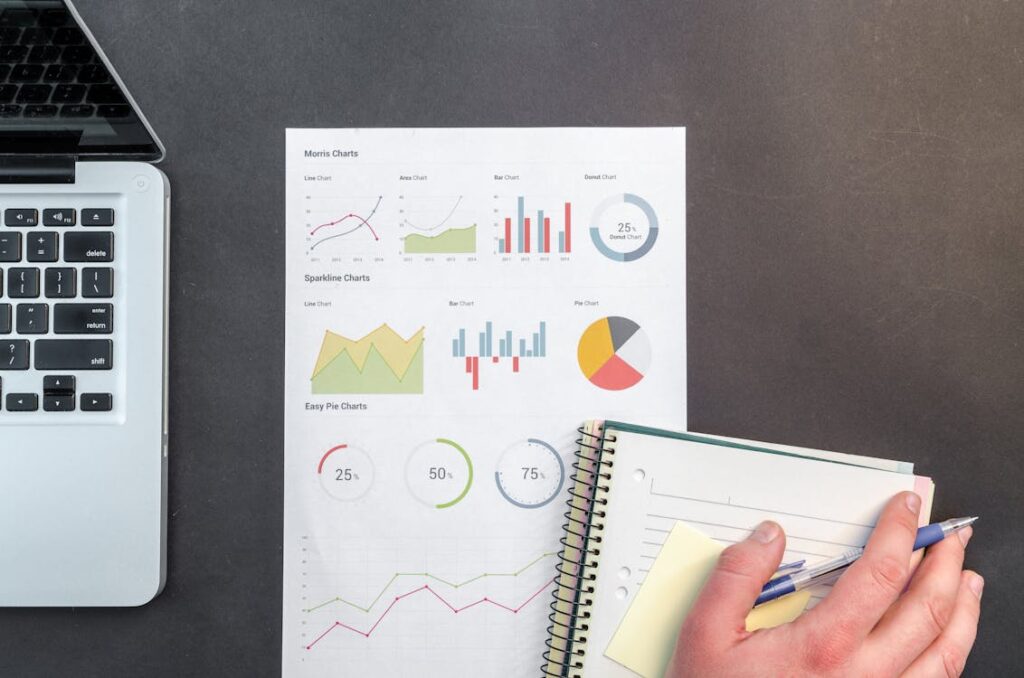
In the modern era, the role of a data scientist has become indispensable across industries. At present, organizations are relying heavily on professionals who can analyze, interpret, and derive actionable insights from large datasets.
According to the US BLS, data scientist positions are anticipated to witness a 36 percent surge by 2031. Additionally, data analyst roles are expected to see a robust growth of 23 percent, marking another significant expansion in job opportunities. Thus, there are plenty of opportunities for those looking to venture into the world of data science.
The pay, as a data scientist, is also good. According to Indeed, the average salary of a data scientist in the US is around $124,166 per year on average. Now, there are various paths to becoming a data scientist. However, attending an applied statistics program serves as a robust foundation for embarking on this rewarding journey.
Let’s delve into a few essential steps that outline the transformation from studying applied statistics to thriving as a data scientist.
Grasping the Fundamentals of Statistics
At the core of data science lies a profound understanding of statistics.
Aspiring data scientists begin their journey by mastering the fundamental concepts of probability theory, hypothesis testing, regression analysis, and inferential statistics. According to Michigan Technological University, applied statistics provides the framework to comprehend uncertainty, variability, and randomness inherent in data. Through rigorous study and practical applications, students develop the analytical prowess necessary for dissecting complex datasets and extracting meaningful insights.
If you’re done with your undergraduate program, don’t hesitate to enroll in a master’s program. If, by that time, you get a job, consider enrolling in an online master’s in applied statistics. Here, you’ll learn advanced concepts like advanced statistical analysis, statistical modeling, etc. You can also play around with statistical software packages to gain more practical experience.
All this academic experience will help you grow as an upcoming data scientist.
Acquiring Proficiency in Programming Languages
In today’s data-driven landscape, proficiency in programming languages is indispensable for data scientists. Python and R stand out as the go-to languages due to their versatility, extensive libraries, and robust statistical capabilities.
Aspiring data scientists hone their programming skills through hands-on projects, where they manipulate data, implement statistical models, and visualize results. Mastery of programming languages empowers individuals to handle real-world datasets and automate analytical tasks efficiently.
Exploring Data Wrangling and Preprocessing Techniques
Before delving into advanced analysis, data scientists must prepare and clean raw data through wrangling and preprocessing techniques. This phase involves handling missing values, dealing with outliers, standardizing variables, and transforming data formats. Applied statistics equips individuals with the tools to identify data anomalies, assess data quality, and preprocess datasets effectively.
Embracing Machine Learning Algorithms
Machine learning is vital in contemporary data science, facilitating predictive modeling, classification, clustering, and recommendation systems. Applied statistics offers the theoretical framework essential for comprehending diverse machine learning algorithms such as linear regression, support vector machines, and neural networks.
Through experimentation and model evaluation, aspiring data scientists gain insights into algorithm performance, tuning parameters, and avoiding overfitting.
Mastering Data Visualization and Interpretation
Analytics reports that effective communication of analytical findings is a must in data science. Data visualization serves as a powerful tool for conveying complex insights in a clear and intuitive manner. Aspiring data scientists leverage their understanding of applied statistics to create informative visualizations that illuminate trends, patterns, and relationships within data.
By mastering visualization techniques and storytelling principles, individuals enhance their ability to engage stakeholders and drive informed decision-making processes.
Frequently Asked Questions (FAQs)
Do all data scientists need to know programming?
While programming skills are highly beneficial for data scientists, not all may possess extensive programming knowledge. However, proficiency in programming languages like Python or R is commonly expected, as they are widely used in data analysis and machine learning tasks.
Can you become a data scientist without knowing statistics?
It’s highly challenging to become a proficient data scientist without a solid understanding of statistics. Statistics forms the foundation of data analysis, hypothesis testing, and model building, crucial components of the data science workflow.
How long does it take to become a data scientist?
Becoming a data scientist typically requires several years of education and practical experience. Some may achieve proficiency in around two to three years through intensive study and hands-on projects. Others may take longer, depending on their background and learning pace.
In conclusion, the journey from studying applied statistics to becoming a proficient data scientist is characterized by the above-discussed steps. By traversing this transformative journey, you can equip yourself with the knowledge, skills, and mindset to thrive in the dynamic field of data science. Then, you can go on to make impactful contributions through your data science and statistical skills to organizations worldwide.

